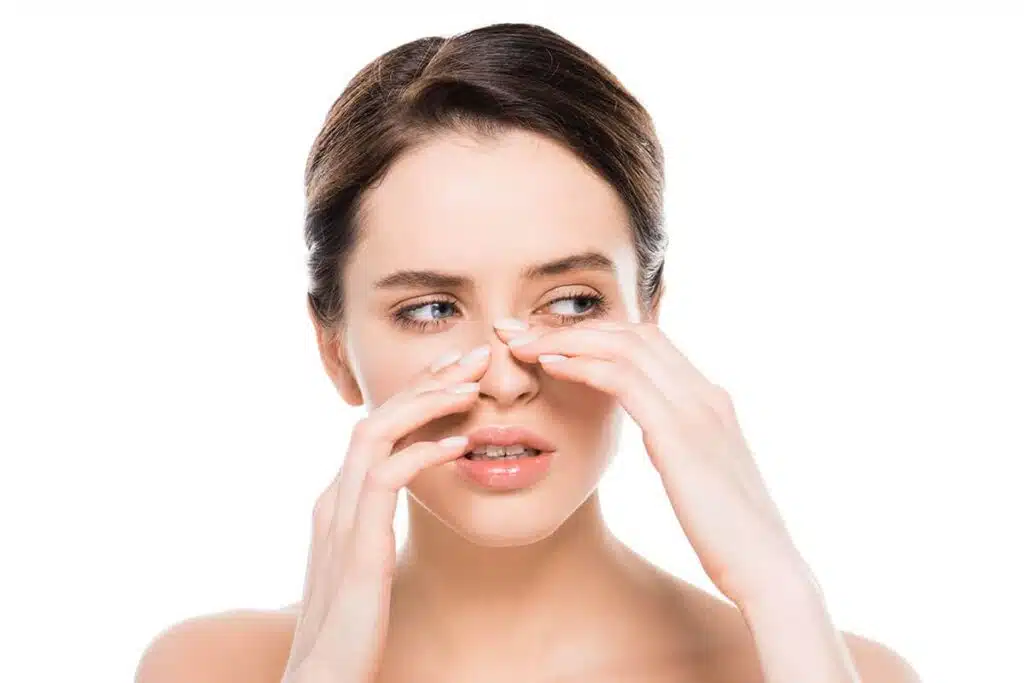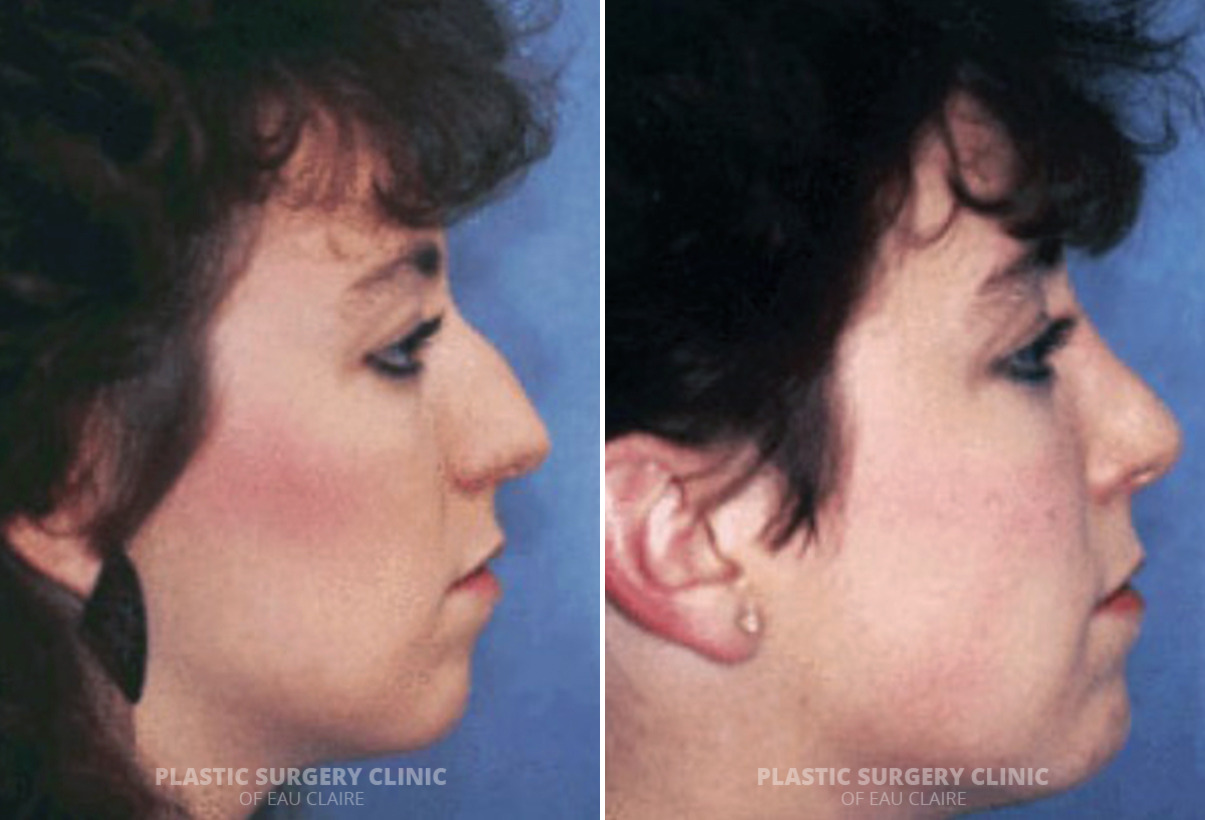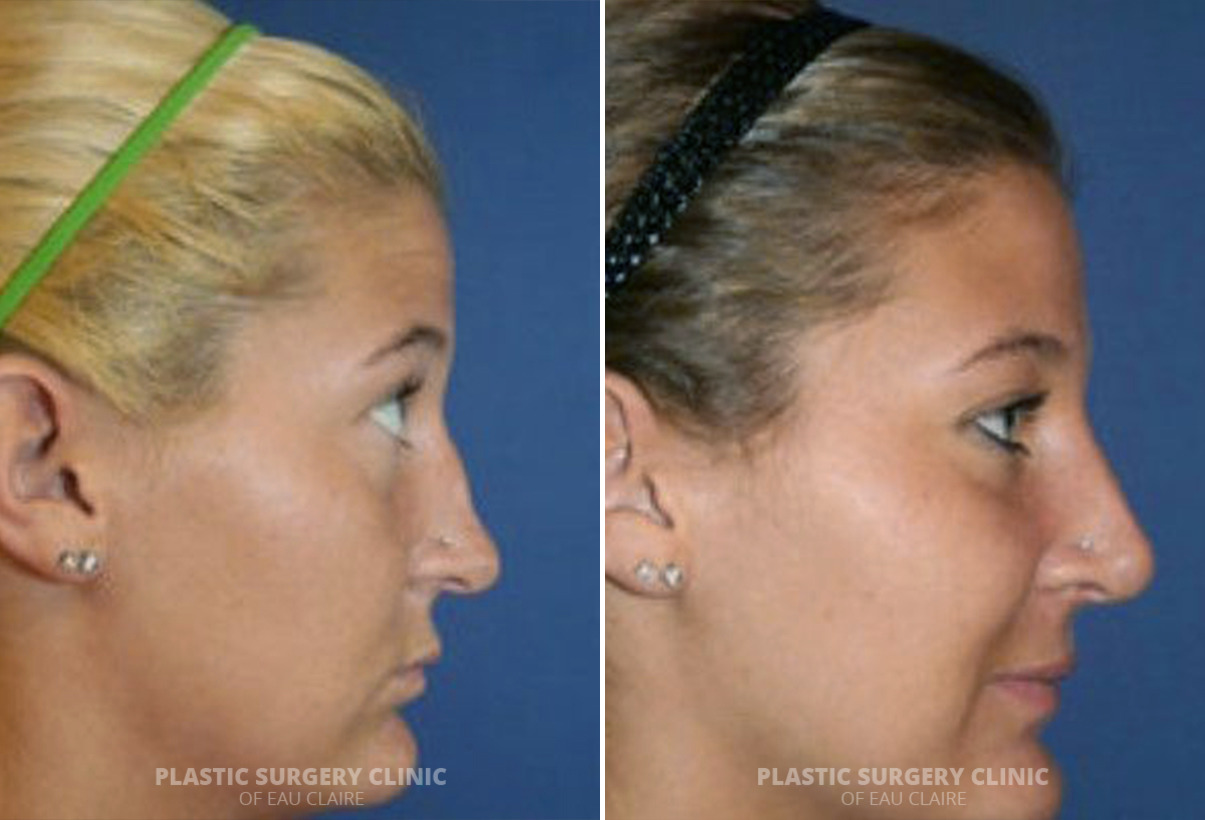Have you noticed unusual nose shapes or bumps after rhinoplasty surgery? This common concern can often be addressed by understanding and managing post-surgical swelling or other changes. Dr. Ember Ewings, a double-board-certified facial plastic surgeon, offers personalized care to guide you through post-rhinoplasty recovery. Her goal is to empower patients with the knowledge needed to make informed decisions about their health and facial appearance.
The healing process is intricate and crucial for achieving optimal results. Dr. Ewings combines medical expertise with a patient-first approach to address post-surgical nasal bumps effectively. Her compassionate care supports patients throughout their recovery, fostering confidence and comfort.

Key Strategies for Managing Post-Rhinoplasty Bumps
- Regularly monitor nasal bumps post-surgery, noting any persistent or worsening changes, and consult your surgeon if necessary.
- Use non-invasive measures such as cold compresses and elevation during sleep to reduce swelling and soothe the nose.
- Stay in close contact with your surgeon, preparing questions and discussing any concerns during follow-up appointments.
- Implement doctor-recommended solutions like medication, taping, and nasal splints to support healing and maintain the nose’s new shape.
- Consider professional treatments, including steroid injections or secondary rhinoplasty, for persistent issues, and follow personalized recovery tips to aid the healing process.
Understanding Post-Rhinoplasty Bumps
Post-rhinoplasty nasal bumps may arise due to swelling or residual cartilage and bone. While many bumps naturally resolve as tissues heal, persistent or concerning anomalies may require further evaluation.
Common Causes:
- Normal Swelling: Initial tissue swelling is expected and usually subsides over time.
- Residual Cartilage or Bone: Occasionally, surgery may leave behind small irregularities requiring further attention.
Effective Management Tips:
- Gently massage the affected area under your surgeon’s guidance.
- Use prescribed topical treatments to support tissue recovery.
A Step-by-Step Guide to Post-Rhinoplasty Care
Step 1: Early Detection and Monitoring
After surgery, it is critical to check nasal bumps frequently, particularly in the weeks following the procedure. Early detection allows for timely interventions and ensures a smoother recovery.
- Examine your nose daily in bright light for new or larger lumps.
- With clean hands, gently press your nose bump to assess swelling or stiffness.
- Take photos weekly from different angles to monitor changes.
- Share concerns with your surgeon during follow-ups, especially if bumps persist or worsen.
Step 2: Immediate Non-Invasive Care
Cold Compress Application Techniques:
- Wrap ice packs or frozen vegetables in a soft cloth.
- Apply the compress on the bump for 10 minutes at a time, taking breaks in between.
- Avoid direct ice-to-skin contact to prevent irritation or damage.
Elevation Strategies During Sleep:
- Use pillows to keep your head elevated above your heart.
- Maintain this position consistently to minimize swelling.
Are You Ready For A Consultation?
Join our satisfied clients who’ve experienced safe, effective treatments
Step 3: Surgeon Consultation and Follow-Ups
When to Seek Professional Advice:
- Contact your surgeon if you experience persistent pain, signs of infection, or unusual changes at the surgical site.
- Address discomfort promptly to avoid complications.
Preparing for Your Follow-Up Appointment:
- List any concerns or worrisome signs you’ve noticed since surgery.
- Discuss recovery progress and ensure it aligns with your surgeon’s expectations.
- Ask specific questions about your care plan for clarity and peace of mind.
Step 4: Doctor-Recommended Interventions
Medications and techniques prescribed by your surgeon play a crucial role in recovery. Adhering to these recommendations ensures optimal results.
- Take painkillers and antibiotics as directed to manage discomfort and prevent infection.
- Apply tape to reduce swelling and maintain your nose’s shape.
- Use nasal splints to stabilize bones and cartilage during healing.
Step 5: Exploring Additional Treatment Options
Steroid Injections:
- These can reduce persistent swelling and help the skin adapt to the nose’s new shape.
- Multiple treatments may be necessary for desired results.
Secondary Rhinoplasty:
While effective, it involves additional recovery time and carries higher risks due to prior modifications.
Revision surgery can address unresolved bumps or shape concerns.
Primary Rhinoplasty Before and After Photos


* Each patient is unique and individual results may vary.
Personalizing Recovery for Optimal Results
Every patient’s anatomy and healing process is unique. Factors like skin texture, elasticity, and the extent of surgical changes influence recovery timelines and outcomes. Dr. Ewings prioritizes individualized care to adapt to each patient’s needs, ensuring effective and aesthetically pleasing results.
Additional Tips for Accelerating Recovery:
- Anti-Inflammatory Diet: Include foods like berries, nuts, green vegetables, Omega-3s, and vitamins C and E to promote healing. Consult your healthcare provider before making significant dietary changes.
- Scar Massage Techniques: Once the surgical site has healed, use these methods:
- Circular motions with fingertips over scar tissue.
- Gentle cross-fiber pressure to break down tissue.
- Longitudinal gliding to enhance blood flow and elasticity.
- Activity Precautions:
- Avoid heavy lifting and contact sports for a few weeks to protect the nose.
- Carefully dress in clothing that won’t risk catching on the nose.
- Postpone flying or exposure to high-pressure environments until fully healed.
Moving Forward with Confidence
Healing after rhinoplasty requires time, patience, and dedication. Trust the process, follow your surgeon’s advice, and stay proactive in managing your recovery. If challenges arise, consulting with a skilled plastic surgeon like Dr. Ember Ewings ensures personalized solutions tailored to your needs.
Ready to take the next step? Contact Dr. Ewings for expert guidance and achieve the smooth, aesthetic results you’ve envisioned.


